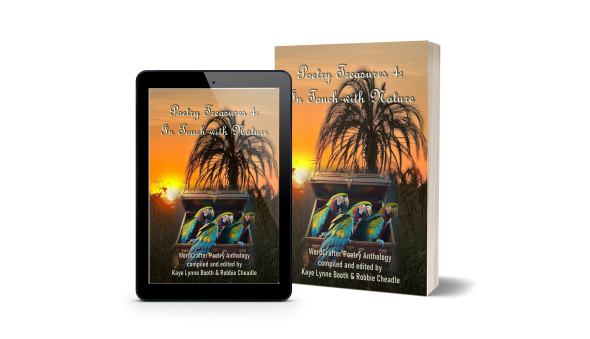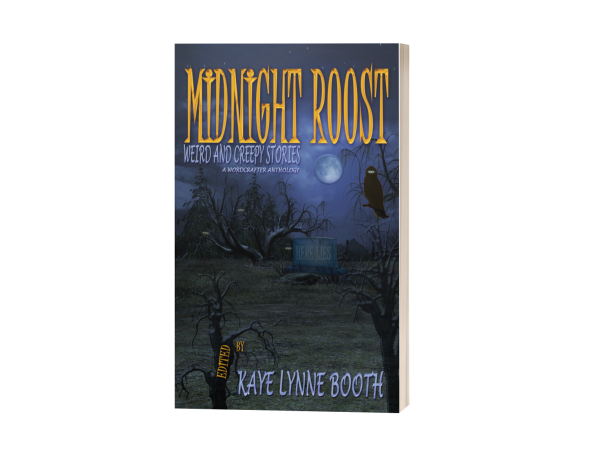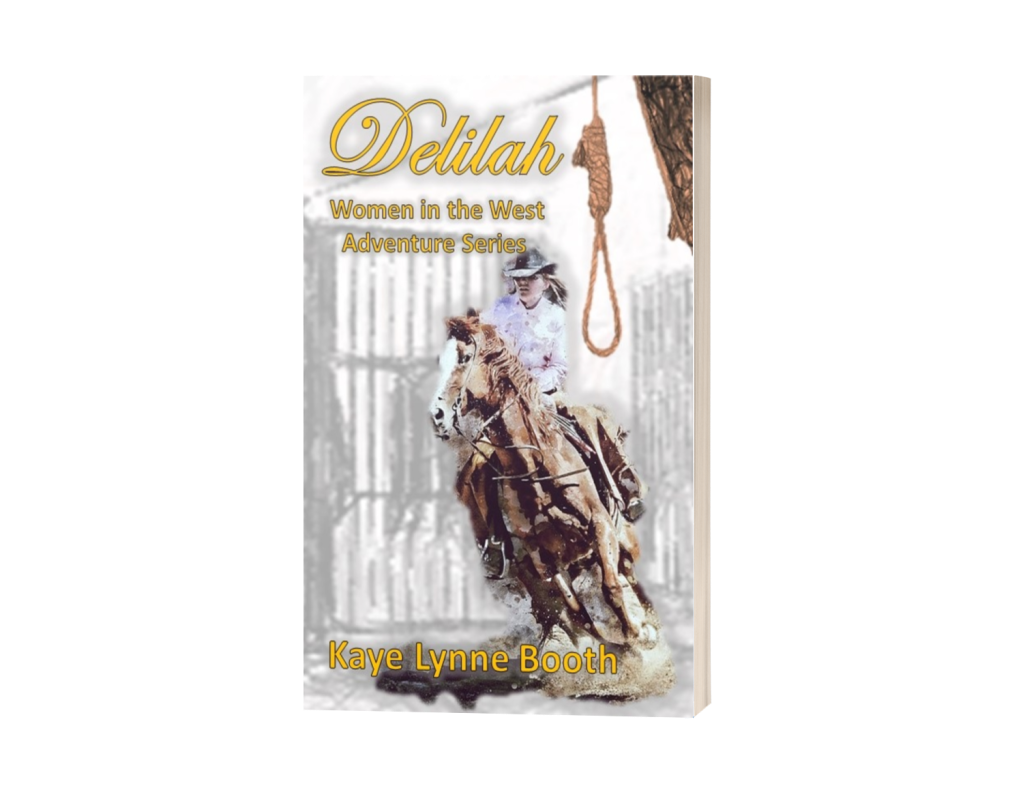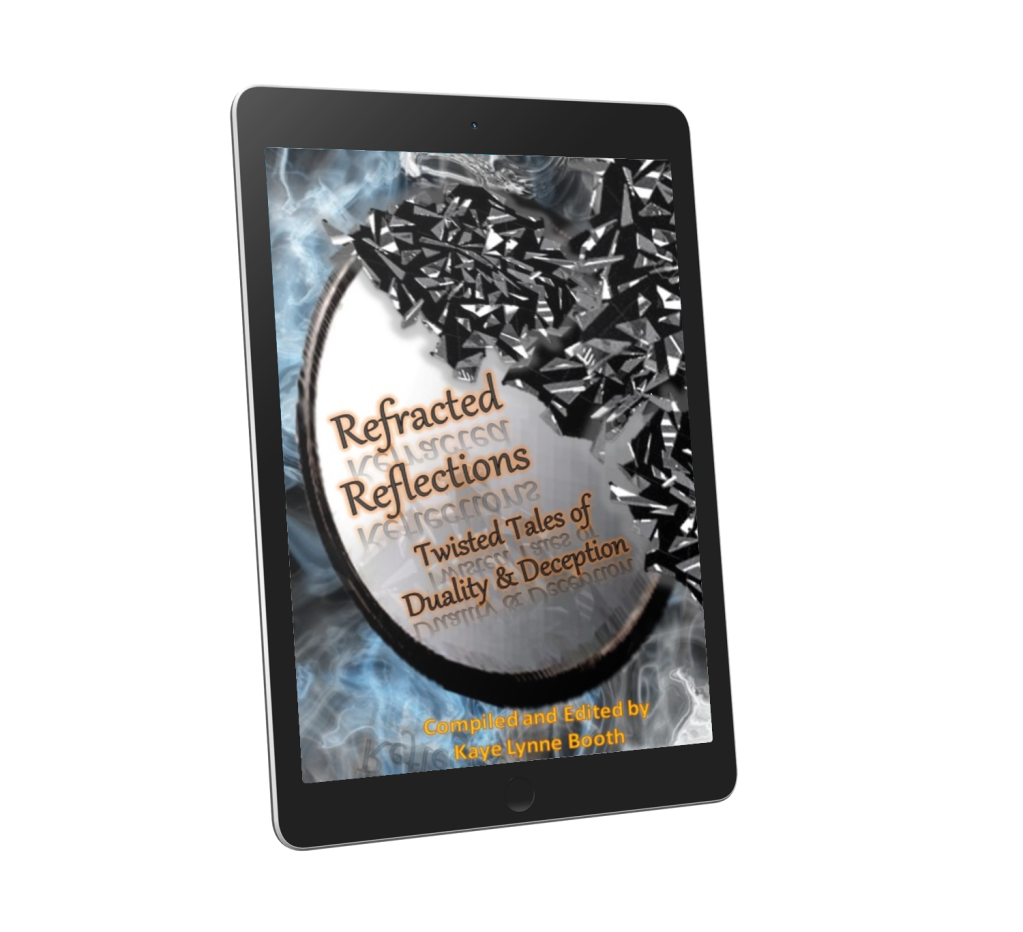Dark Origins – African Myths and Legends: Castle of Good Hope in the Western Cape
Posted: September 28, 2022 Filed under: Dark Origins, Mythology and Legend | Tags: African Legend, Castle of Good Hope, Dark Origins, Roberta Eaton Cheadle, South African History, Writing to be Read 34 Comments
The Castle of Good Hope in Cape Town, South Africa, was built in 1665 and became the scene of many bloody and tragic events. The Castle came about as the result of a ship wreck, a common occurrence at the southern most tip of Africa where the Atlantic and the Indian Oceans meet.
On the 25th of March 1647, a Dutch ship called De Nieuwe Haerlem ran aground near present day Milnerton, as it journeyed from Holland to the East Indies. The ship sank and a junior merchant named Leendert Janszen was requested to stay near the site of the wreck, with about 60 crew members, to look after the cargo while the rest of the ship wrecked men boarded other ships and continued to Holland.
While he waited to be relieved of his responsibilities and return home, Janszen and his men grew vegetables, caught fish and bartered fresh fish from the indigenous people in the area. When he returned to Holland, he was requested to compile a report recommending the suitability of the Cape to serve as a refreshment station for the Dutch East India Company’s ships travelling to India and back. Janszen was in favour of the idea and so was Jan Van Riebeeck, a member of the crew of the ship that picked up Janszen and his men.
In 1651, Van Riebeeck, accompanied by 79 men and 8 women, set sail for the Cape to establish a refreshment station. Van Riebeeck built the original clay and timber fort, called the Fort de Goede Hoop, which was replaced by a new fort made of stone between 1666 and 1679. The new building which still survives and is the oldest Colonial building in South Africa, has five bastions named after the main titles of William III of Orange-Nassau: Leerdam to the west, the Buuren, Katzenellenbogen, Nassau, and Oranje clockwise from it.

Legends of The Castle
The Castle was used as a prison and numerous prisoners were incarcerated for their sins (real or manufactured) in the ‘Donker Gat’ [Dark Hole]. This windowless dungeon was used as a torture chamber and it sometimes flooded during the winter, drowning any prisoners it contained.
The Castle is, of course, haunted and workers and visitors have reported hearing voices and footsteps in the Donker Gat and in The Castles narrow corridors. The bell in the bell tower sometimes rings of its own accord, despite having been bricked up centuries ago. It is believed that the ghost of a soldier who hung himself by the bell-rope rings the bell.
A vicious black dog is reported to haunt the castles grounds. It lunges and visitors and then disappears.
The most interesting of the ghosts, in my opinion, is that of Governor Pieter Gijsbert van Noodt. He had a reputation for mistreating his servants and the soldiers during his tenure. On the 23rd of April 1728, Governor van Noodt sentenced 7 men to hang for desertion. He was cursed by one of the men while he hung from the gallows and, that very same day, he was found dead in his office. Workers and visitors have seen him prowling the gloomy corridors of The Castle and heard him carousing and cursing in the upstairs rooms.
Do you know of any haunted castles? Share your story in the comments below.
An interesting historical connection
The Zulu King Cetshwayo also spent time as a prisoner at The Castle. This was after he was captured in the Ngome Forest after the defeat of the Zulu Nation by the British at Ulundi in 1879.
Subsequent to the defeat at Ulundi which dealt a death blow of the Zulu Kingdom, King Cetshwayo achieved the greatest victory against the British forces ever achieved by an indigenous army at the Battle of Isandlwana.

I have recently written two short stories about this battle, and this is a short extract from my story, written from the perspective of the Zulus, called “Hell Hath No Fury Like an Army Scorned.”
“22 January 1879
The narrow bottom of the gorge was filled with men, women, and boys. The grim, motionless ranks of over twenty thousand squatting warriors set the tone, ensuring that the several thousand uDibi boys, of which I was one, and the women conducted themselves soundlessly. The silence hung heavily, like early morning mist.
In accordance with the orders of King Cetshwayo, the Zulu army had marched the 62 miles from Ulundi at a slow pace. It was to “attack at dawn and eat up the red soldiers.”
Now, the men were resting and waiting for the ‘day of the dead moon’ to pass. Unless it was unavoidable, the army would not fight on this spiritual day.
“White men are coming!” The young herders appeared at the entrance to the ravine, driving the cattle before them. Their cries of warning echoed off the encircling rockfaces.
Looking up, I saw several white men on horseback starring down at our camp from the top of the overlooking ridge.
CRACK! CRACK! CRACK!
The observers fired down on us, before turning their animals and galloping away.
The dust from their horses’ hooves still hung in a thick cloud over the ridge when the great UNduna sprang into action.
“Prepare for battle, men,” Ntshingwayo kaMahole Khoza ordered. “We must attack now or lose the element of surprise.”
My belly roiled with fear.
The army’s not supposed to fight today. It’s bad khama, I thought.
“I hope the evil spirits in the air won’t bring bad luck,” my mother’s whispered words rang in my head as I set off with the other uDibi boys to prepare for battle.”
About Roberta Eaton Cheadle

Roberta Eaton Cheadle is a South African writer and poet specialising in historical, paranormal, and horror novels and short stories. She is an avid reader in these genres and her writing has been influenced by famous authors including Bram Stoker, Edgar Allan Poe, Amor Towles, Stephen Crane, Enrich Maria Remarque, George Orwell, Stephen King, and Colleen McCullough.
Roberta has short stories and poems in several anthologies and has 2 published novels, Through the Nethergate, a historical supernatural fantasy, and A Ghost and His Gold, a historical paranormal novel set in South Africa.
Roberta has 11 children’s books published under the name Robbie Cheadle.
Roberta was educated at the University of South Africa where she achieved a Bachelor of Accounting Science in 1996 and a Honours Bachelor of Accounting Science in 1997. She was admitted as a member of The South African Institute of Chartered Accountants in 2000.
Roberta has worked in corporate finance from 2001 until the present date and has written 7 publications relating to investing in Africa. She has won several awards over her 20-year career in the category of Transactional Support Services.
Find Roberta Eaton Cheadle
Blog: https://wordpress.com/view/robertawrites235681907.wordpress.com
Twitter: https://twitter.com/RobertaEaton17
Facebook: https://www.facebook.com/robertawrites
Amazon: https://www.amazon.com/Roberta-Eaton-Cheadle/e/B08RSNJQZ5
_____________________________________________________________________________________________
Want to be sure not to miss any of Robbie’s “Dark Origins” segments? Subscribe to Writing to be Read for e-mail notifications whenever new content is posted or follow WtbR on WordPress. If you found it interesting or entertaining, please share.















Girlfriend, this made the hairs on my arms stand up… I can scarce imagine being in this (these) circumstance (s).
LikeLiked by 3 people
People were very cruel back then. It gives me the creeps too.
LikeLiked by 2 people
It’s amazing how much fear of the unknown drives our reactions. Thanks for this history, Robbie.
LikeLiked by 3 people
I’m glad you enjoyed this, Jacqui
LikeLiked by 3 people
Reblogged this on and commented:
Today, my Dark Origins – African Myths and Legends post discusses the Castle of Good Hope in Cape Town and the ghosts that haunt its battlements. Thank you for hosting, Kaye Lynne Booth.
LikeLiked by 2 people
It must have been an emotional scene as they prepared on the day of the dead moon when they weren’t supposed to be fighting yet. The photo of Cetshwayo is striking. You can see his pride in his nation.
LikeLiked by 3 people
Hi Priscilla, the decimation of the Zulu army post this Victorious battle was a terrible thing. I often wonder how the history of South Africa would have changed if Britain hadn’t destroyed Zulu Land.
LikeLiked by 2 people
Wow, what a tragic and fascinating history and lore. I cannot imagine living through some of those times! Thanks for sharing. Hugs 💕🙂
LikeLiked by 2 people
Hi Harmony, life was very dangerous and hard back then.
LikeLiked by 2 people
I am struck by how much the Castle of Good Hope resembles the St. Augustine Fort in Florida.
LikeLiked by 2 people
Hi Liz, I shall have to look St Augustine Fort up. Lots of Dutch influence in the USA. When I was reading up about the wealthy families in New York, I was interested that many of the so called blue stocking families had Dutch ancestry.
LikeLiked by 2 people
My husband and I toured the fort when we lived in Florida. It was quite something. Much of Florida was founded by the Spanish
LikeLiked by 2 people
Yes, that is correct. I remember that from my [limited] knowledge of the Spanish involvement in South America and surrounds. A very horrible period of history. The cruelty of mankind in the name of religion never ceases to amaze me.
LikeLiked by 2 people
Yes, it certainly was.
LikeLiked by 2 people
Reblogged this on Ed;s Site..
LikeLiked by 2 people
Thanks for sharing, Ed. 🙂
LikeLiked by 2 people
Thank you, Ed
LikeLiked by 2 people
A fierce history! I guess they had to be in order to survive. Thanks for sharing this, Robbie.
LikeLiked by 2 people
Thanks, Jacquie. It was a very hard life and people died young.
LikeLiked by 2 people
What a creepy place, Robbie, full of human cruelty and tragedy. No wonder the place is haunted. Thanks for sharing an excerpt of your story too. That was great. And thanks to Kaye Lynne for hosting. 😀
LikeLiked by 2 people
☺️
LikeLiked by 2 people
HI Diana, I am glad you appreciated this post. I didn’t know about these creepy ghost stories when I toured the Castle. My sister is moving to Cape Town in December so I am sure I will have another opportunity to visit the Castle next year.
LikeLiked by 2 people
That will be cool. I wonder if you’ll sense any ghosts. Hehe
LikeLiked by 2 people
Probably not, ghosts never visit me.
LikeLiked by 2 people
Me neither. Probably a good thing.
LikeLiked by 2 people
Hi Robbie – what an interesting history of the Castle of Good Hope. That dungeon conjures all kinds of frightful images in my head. I can see how this has inspired so many legends, and your own stories. We learned about the Cape of Good Hope in elementary school, but not about all you’ve described. Thanks for sharing this!
LikeLiked by 2 people
Hi Barbara, I also didn’t learn this interesting stuff at school. If they told us these stories while we were learning about places and historical events, I’m sure we would remember them much better. Thanks for visiting, Barbara.
LikeLiked by 2 people
True – I have always thought that reading historical fiction is a better way to learn history, as long as the portrayal is accurate.
LikeLiked by 2 people
Yes, exactly.
LikeLiked by 1 person
This is so interesting and informative. Roberta writes honestly about Africa’s history. Thank you, both for this post!
LikeLiked by 1 person
I love to read the history of castles, often their legends are true. Hard lives in castles unless they were the owners.
LikeLiked by 2 people
Hi Valentina, I share your love of castles and their history. Castles were definitely for the rich and famous. They were just another way of suppressing the poor.
LikeLiked by 2 people
Gripping and captivating. My mother made me weary of bad omens. Absolutely loved this.
LikeLiked by 2 people
Hi Jude, thank you, I am pleased you enjoyed it. My mom is superstitious too.
LikeLiked by 2 people